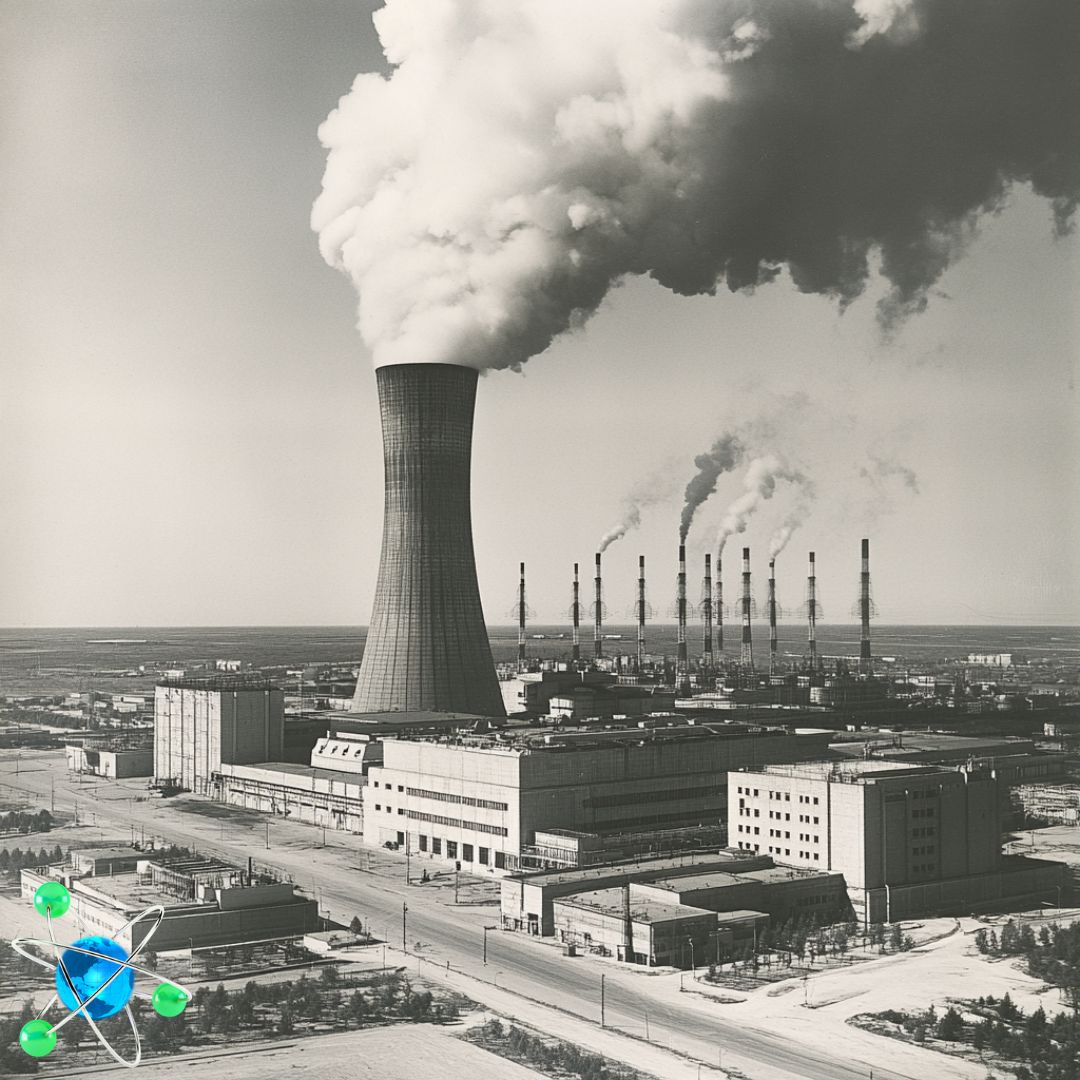
International Atomic Energy Agency (IAEA) director Rafael Mariano Grossi released an apprehensive general statement on August 26th, 2024 regarding the security of the Kursk Nuclear Power Plant (KNPP) amid Russian-Ukrainian conflicts.
Military tensions between Ukrainian and Russian forces in the vicinity of nuclear power plants (NPP) are escalating and causing reasonable concern amongst nuclear safety specialists. Earlier this month on August 9th, the IAEA said it was monitoring the situation after Ukraine infiltrated Russia’s Kursk region by 30 kilometers, within 50 kilometers of the KNPP. Just one day prior, Russian nuclear corporation Rosatom reported to Grossi that fragments of intercepted missiles were found in the domain of the KNPP, including by the radioactive waste processing complex.
A couple days later on August 11th, IAEA experts at the Zaporizhzhya Nuclear Power Plant (ZNPP) noticed hefty smoke coming from the north-western area of the plant and heard multiple explosions that same evening. Neither Russia nor Ukraine took accountability. On August 17th, a drone carrying an explosive detonated right outside the ZNPP’s protected area, about 100 meters from the Dniprovska power line.
The six-unit ZNPP is Europe’s largest NPP and has been under Russian control since March 2022, essentially on the frontline between Russian and Ukrainian forces. After the attack near ZNPP, Grossi desperately advised ‘maximum restraint from all sides…’ reasoning that ‘Nuclear power plants… are not built to withstand a direct military attack, and neither are they supposed to…This latest attack highlights the vulnerability of such facilities in conflict zones and the need to continue monitoring the fragile situation.’
Following the ZNPP scares, Grossi held talks that weekend touching on the welfare of the situation and other recent events in Russian territory involving military action near active nuclear power generators. These talks included conversations with Director General of Rosatom, Alexei Likhachev, who invited Grossi to visit the KNPP. Grossi agreed and iterated that he aims to ‘discuss modalities for further activities as may be needed to evaluate the nuclear safety and security conditions of the KNPP.’
Grossi’s personal visit to KNPP allowed him and the IAEA to independently assess the situation through timely access. According to Reuters, Grossi concluded that ‘the danger or possibility of a nuclear accident has emerged near here…’ One major facet leading to this danger has to do with the four RBMK-1000 reactors that are projected to shut by 2031; Two of them are terminated permanently, one is scheduled for regular shutdown, but none have an extra protective shell.
Grossi made remarks on the most important parts of the KNPP according to Russia’s Tass news agency, saying ‘… the reactor hall, the turbine hall, the control room, and every other essential part of the station, and the storage of the spent fuel as well…” were functioning ‘very close to normal conditions.’
The IAEA director was also said to have visited both the KNPP and Kursk II NPP which is currently under construction. Rosatom claims Grossi saw KNPP unit 3 operate at its installed capacity and a demonstration of the design features of the RBMK reactors. The ultimate results of the visit are to be discussed by Grossi and Likhachev sometime in the near future.
In Grossi’s official statement, he emphasized ‘… the safety and security of nuclear facilities must, under no circumstances, be endangered… It is imperative that the seven indispensable pillars of nuclear safety during an armed conflict and the five concrete principals… be respected.’
The rising military tensions around the KNPP highlight the critical need for global vigilance regarding nuclear safety in warfare areas. Grossi’s personal visit underscores the imminent danger of military attacks in such close proximity to nuclear sites. The effects of the terrible nuclear disaster in Chernobyl in the 1980’s are still felt to this day, contaminating hundreds of thousands of square kilometers of land in Russia, Belarus, and Ukraine, and an area of around 30 kilometers around the plant remaining uninhabitable. Safeguarding nuclear facilities especially in times of military conflict is vital in preventing another nuclear catastrophe with potentially widespread consequences.

0 Comments